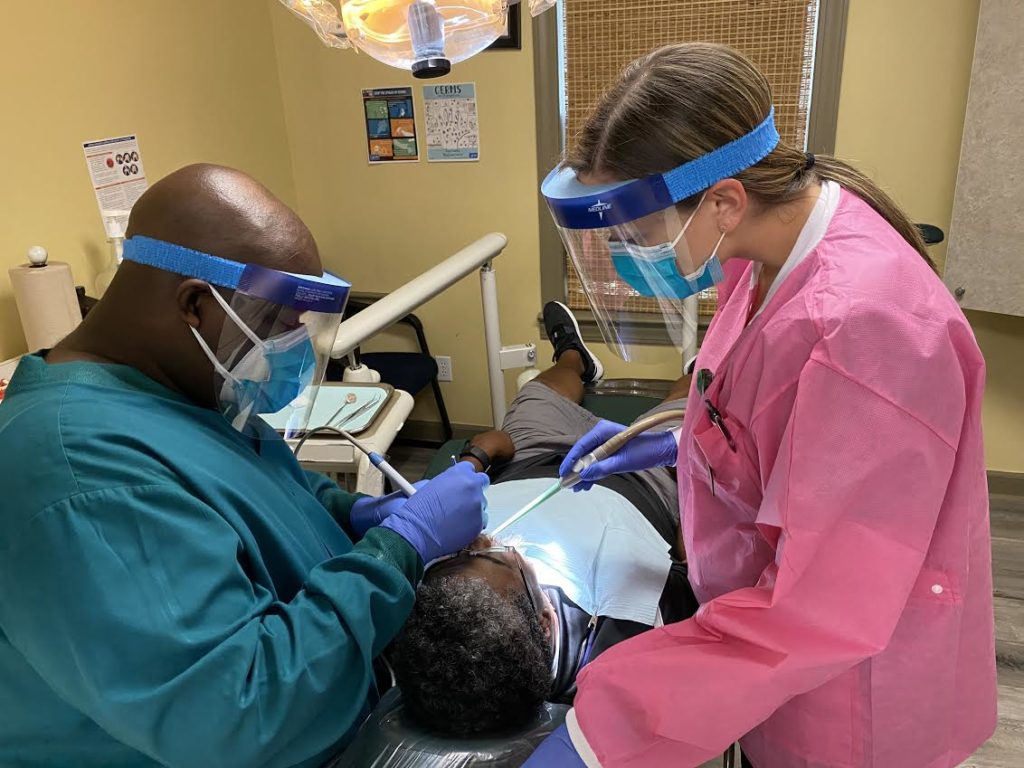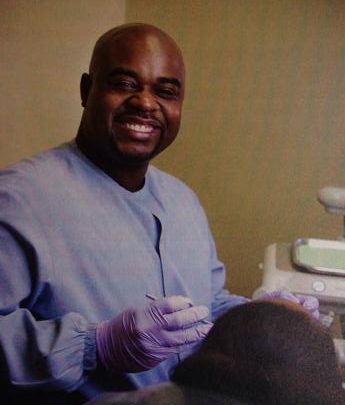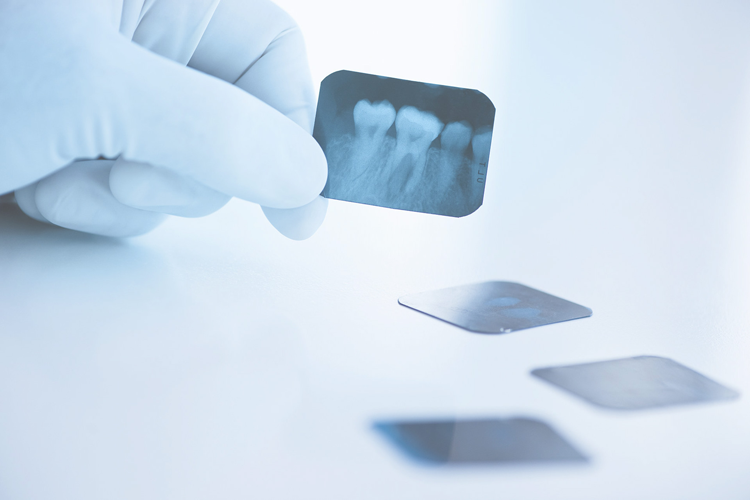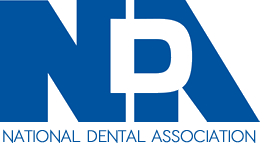Exams & Check Ups
Regular oral exams/check ups and dental X-Rays are the best way to keep your smile in great shape. This will help avoid dental emergencies and other issues that can become more costly.
We will review your digital x-rays and perform an exam to check the health of your oral cavity (your teeth and gums). We can diagnose any problems such as cavities or gum disease and help you resolve any issues.
Your regular dental checkup is a great time to ask your dental professional about any questions you may have about your oral health, and review tips and techniques for good brushing and flossing habits to keep your smile as healthy as possible between visits.

The American Dental Association (ADA) recommends a minimum of two dental checkups each year for professional cleaning and management of any developing conditions.

Exams
We recommend a dental exam every sixth months, because that allows us to catch problems while their small. Tooth problems tend to worsen fairly quickly, so if you put more than six months between check-ups, you might easily find yourself in need of significant dental work.
With plaque buildup, gingivitis, cavities, cracked fillings and more, regular dental exams provide an opportunity to deal with problems before they get out of hand. Here are some examples:
The bacteria in plaque can cause tooth decay, commonly known as a cavity, by eating away at the surface of your teeth. If we catch a cavity early, while it’s small, fixing it is easy. You don’t have to ignore a cavity long before it starts growing. If left untreated, the bacteria can get to the nerve of the tooth, which can cause pain and swelling.
Gingivits is caused by the build-up of plaque and tartar. It can result in swollen, puffy gums if not treated, and can lead to more serious periodontal infections that cause receding gums, bone loss, and even tooth loss.Even if you are a dedicated brusher and flosser, getting all of the plaque off your teeth isn’t likely, so you’re bound to have some tartar build up over time.
Checking your restorations, fillings and crowns, during a regular dental exam gives us an opportunity to discover any small cracks or gaps that may develop over time. These openings can allow bacteria into the tooth, creating more decay that can lead to the need for root canal treatment.
A professional clean removes plaque and tartar above the gum line that you simply can’t remove when brushing at home. This helps prevent cavities, gingivitis and gum disease. An appointment to clean your teeth generally includes tooth polishing, followed by a fluoride treatment.
We generally recommend that you have your teeth professionally cleaned at least twice a year.
Pediatric Dental Exams
We recommend that parents bring their children for oral exams beginning at 12 months, and every 6 months after that. Bringing your child early and regularly is an important way to establish your child’s confidence and comfort during regular dental visits, and create a positive relationship with the dentist and staff.
Pediatric Visit Preparation
If your child has been diagnosed with cavities, treatment will be necessary as soon as possible to prevent or alleviate pain and avoid possible infection. To help make treatment visits as positive an experience as possible, we have the following recommendations:
- Speak about dental treatment as positively as possible with your child. Make sure your child knows that dental treatment is not a punishment.
- Encourage, supervise and reinforce good oral hygiene habits at home to prevent the need for future treatment. A great way to do this is to make the tooth brushing and flossing routine a family event, twice per day.
- Be careful to avoid using scary words or terms, and when possible avoid exposure to stories and possible misinformation from siblings, family members, and friends.
- Be aware of your nonverbal communication as well. Children are very perceptive and can pick up on anxiety, which can make their appointment more difficult.
- Talk about the appointment ahead of time with your child. There are a variety of books, as well as smartphone and tablet apps with games and educational tools you can use to explain to your child what the visit is for and why it is needed.
- Like other dental visits, make the appointment for a time during the day that your child is usually fresh and feeling good.
- Allow your child to bring something that will help comfort them during and after their appointment, such as a stuffed toy or blanket.

Lala S.
“Excellent customer service and patient care. No long wait times and they treat you like family.”

Dental X-Rays
Dental X-rays are a critical part of the diagnostic process for oral health. There are several types of X-rays that may be required for your visit. Here are the main categories of X-rays:
Also known as a “full set” of X-rays, a full mouth series is typically associated with a comprehensive oral exam. This series of X-rays captures the entire mouth and is used to establish an original or baseline oral health and history. A full mouth set of X-rays is a combination of “bitewing” and “periapical,” or “PA” X-rays, or a combination of bitewing and panoramic x-rays.
These X-rays show the contact area between upper and lower back teeth. This type of x-ray allows your dentist to see decay and bone loss. These x-rays are usually taken at check-up visits and can be part of a full mouth series.
These X-Rays show the entire tooth, from the exposed crown to the end of the root, and the bone that supports the tooth. These X-rays are used to find dental problems below the gum line or in the jaw, such as abscesses, cysts, and bone changes linked to some diseases. These x-rays are usually taken to identify a problem with a specific tooth.
Also referred to as a “pano” or “panoramic,” this type of x-ray is typically used for specific types of treatment or diagnostics. A panoramic x-ray shows the entire mouth including jaws, teeth, sinuses, nasal area, and temporomandibular joint (TMJ) in one image. Panoramic X-rays are often associated with diagnosing wisdom tooth issues, orthodontic consultations, implant and oral surgery consultations, or may be recommended by the dentist if there is an issue.
Our x-ray equipment is fully digital, which means any radiation associated with these images is lower than with conventional (film) X-rays. Humans are exposed to radiation of varying types and degrees, from airport and security screens, to sunshine, to home appliances. Dental X-rays, when combined with our protective measures, such as lead shielding, involve a minimal exposure to radiation. We also follow best practice standards and only take dental X-rays when they are needed. If you are concerned about dental X-rays, we encourage you to speak with our team for more information.
Please call and schedule your appointment with us today!
We are currently accepting new patients.
Professional Memberships:





